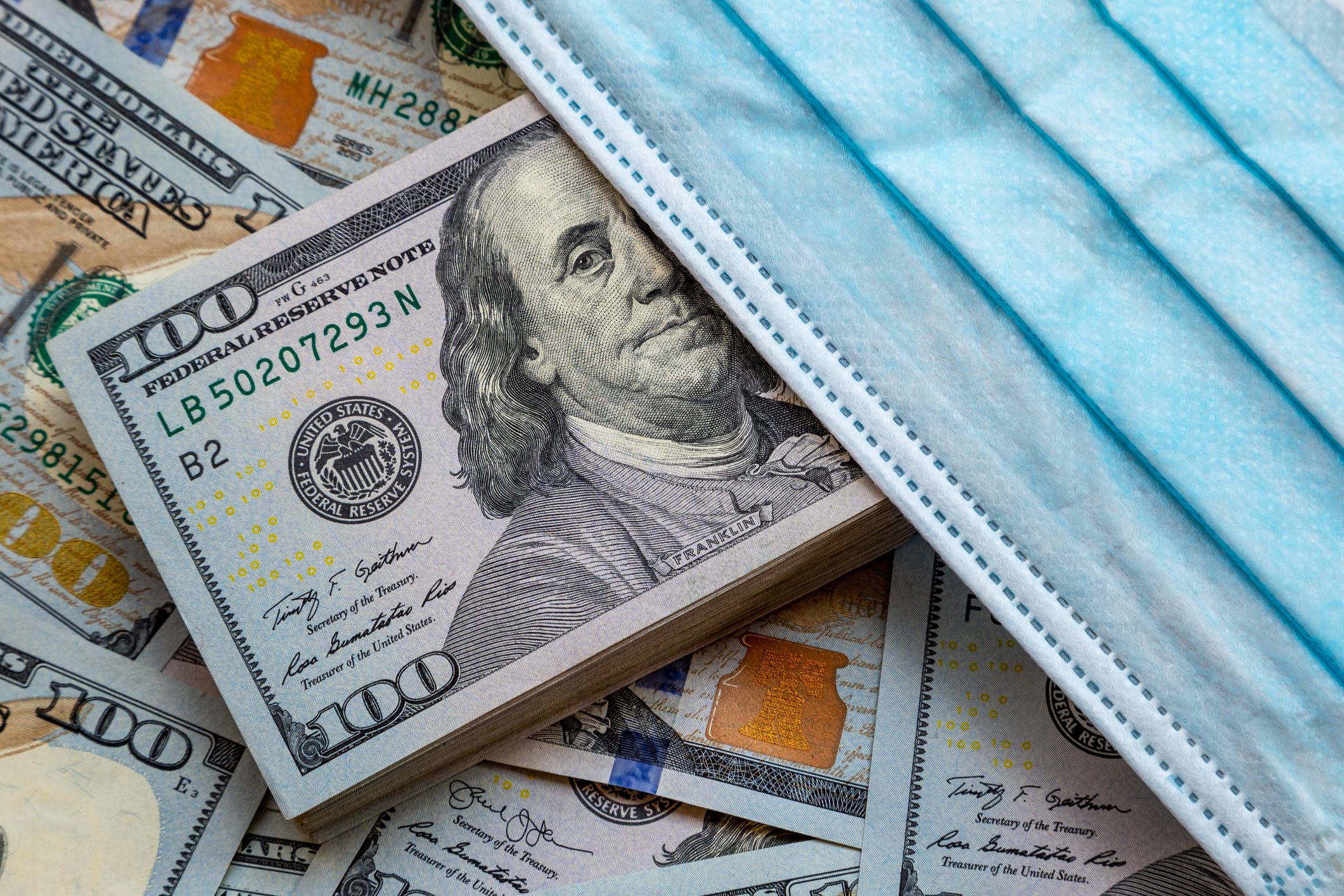
Different ways of spending money
There have been so many changes to all aspects of our society over the past six months thanks to the coronavirus pandemic, but few have been as noticeable as how we shop and what we buy. Even before the outbreak fully began in the United States, the thought of a lockdown prompted items like toilet paper, cleaning products, and pain relievers to fly off the shelves—resulting in shortages that lasted several months, in some places. Though at this point, it has gone far beyond not being able to find Clorox wipes in Costco: COVID-19 has shifted everything from the type of clothes we wear to how we purchase food. Here are 12 ways coronavirus has changed the way we shop forever.
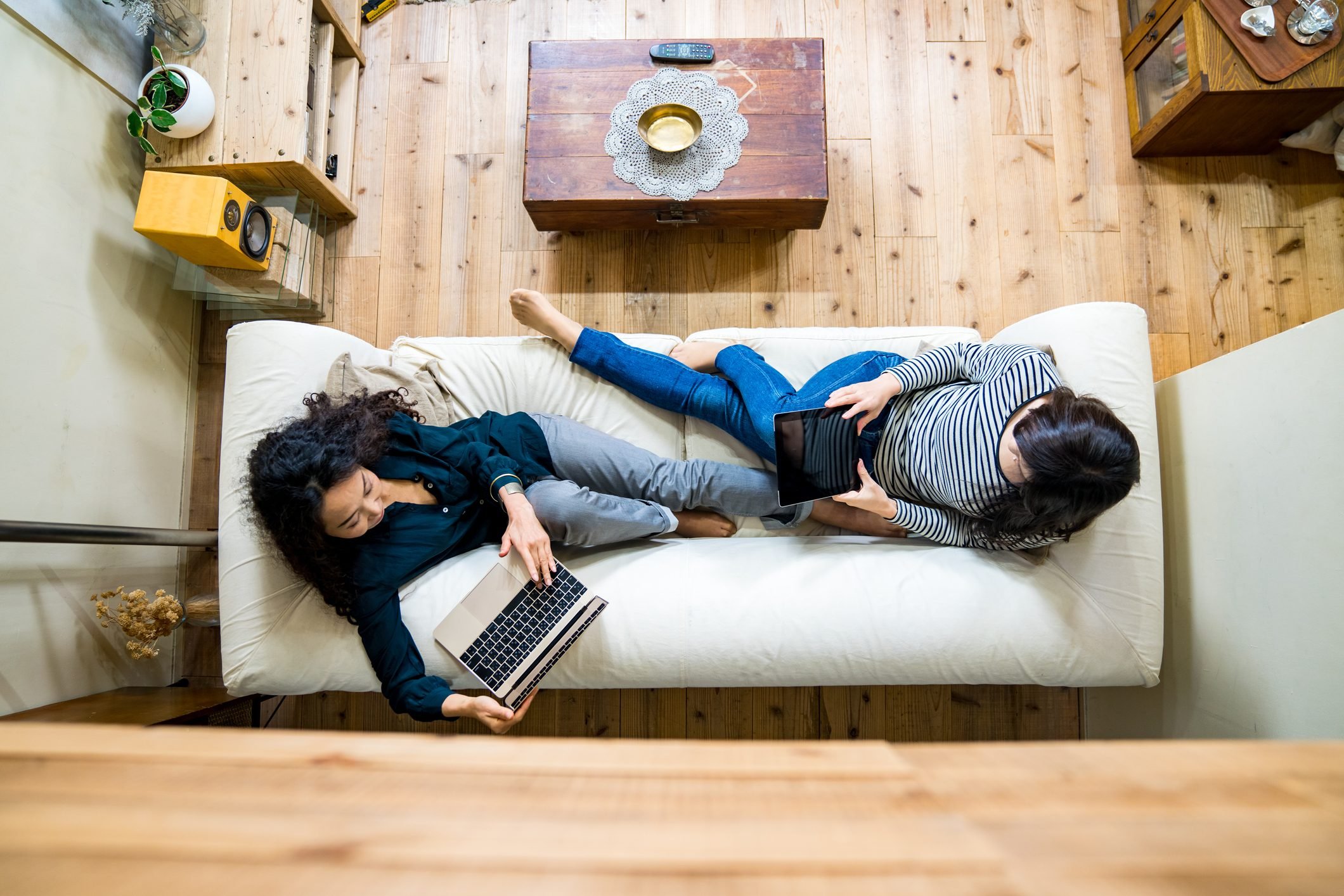
We’re shopping online more
Online shopping has been around for about 25 years (Amazon started selling books online in 1995), but the coronavirus pandemic has made it the only viable option for many people with compromised immune systems—and a much safer and more convenient method for everyone else. A survey of consumers in North American and Europe conducted by the marketing company Selligent, found that 36 percent of people have been shopping online at least once a week since COVID-19 hit. But will this continue once things return to “normal”? As it turns out, 39 percent of respondents said they will do both in-store and online shopping, while 28 percent will shop mostly online, 24 percent say “they can’t wait” to shop in a store, and 10 percent haven’t thought that far ahead. (The numbers add up to more than 100 percent because they were rounded). Along with shopping, here are other things that could stay virtual forever.
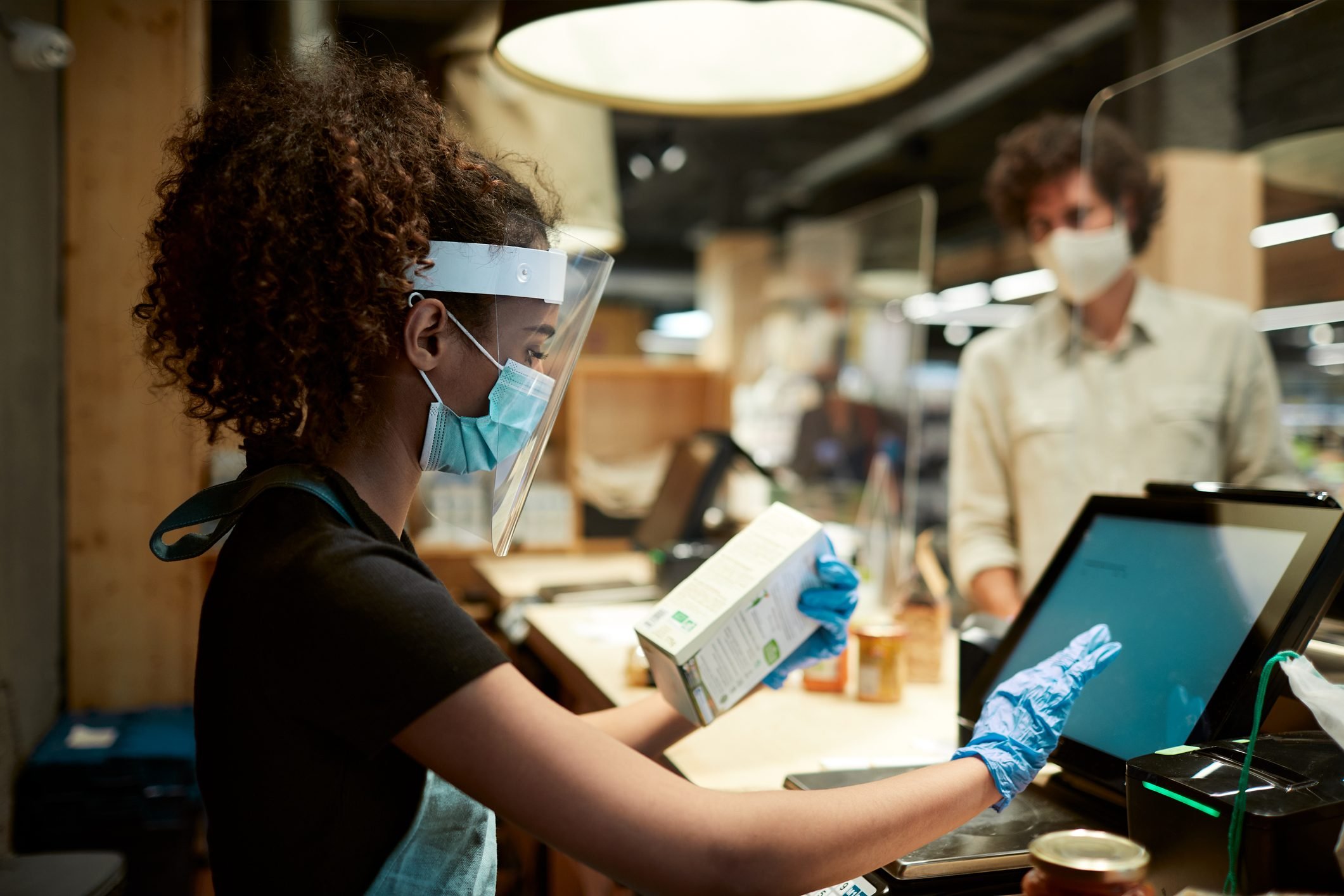
But we’re also supporting local businesses
While there has been an increase in online shopping, that doesn’t mean we’ve completely abandoned our favorite local businesses in a time of crisis. According to a report from Accenture, 56 percent of consumers are shopping in neighborhood stores or buying more locally sourced products, with around 80 percent saying that they plan to continue to do so after the pandemic. The reasons for this shift, the report says, range from people wanting to actively support local stores, to a preference for authentic and artisan products. “More people are seeing that and are collectively rallying together to show support for them with their pocketbooks,” Oliver Wright, managing director and head of Accenture’s global consumer goods practice, told MarketWatch
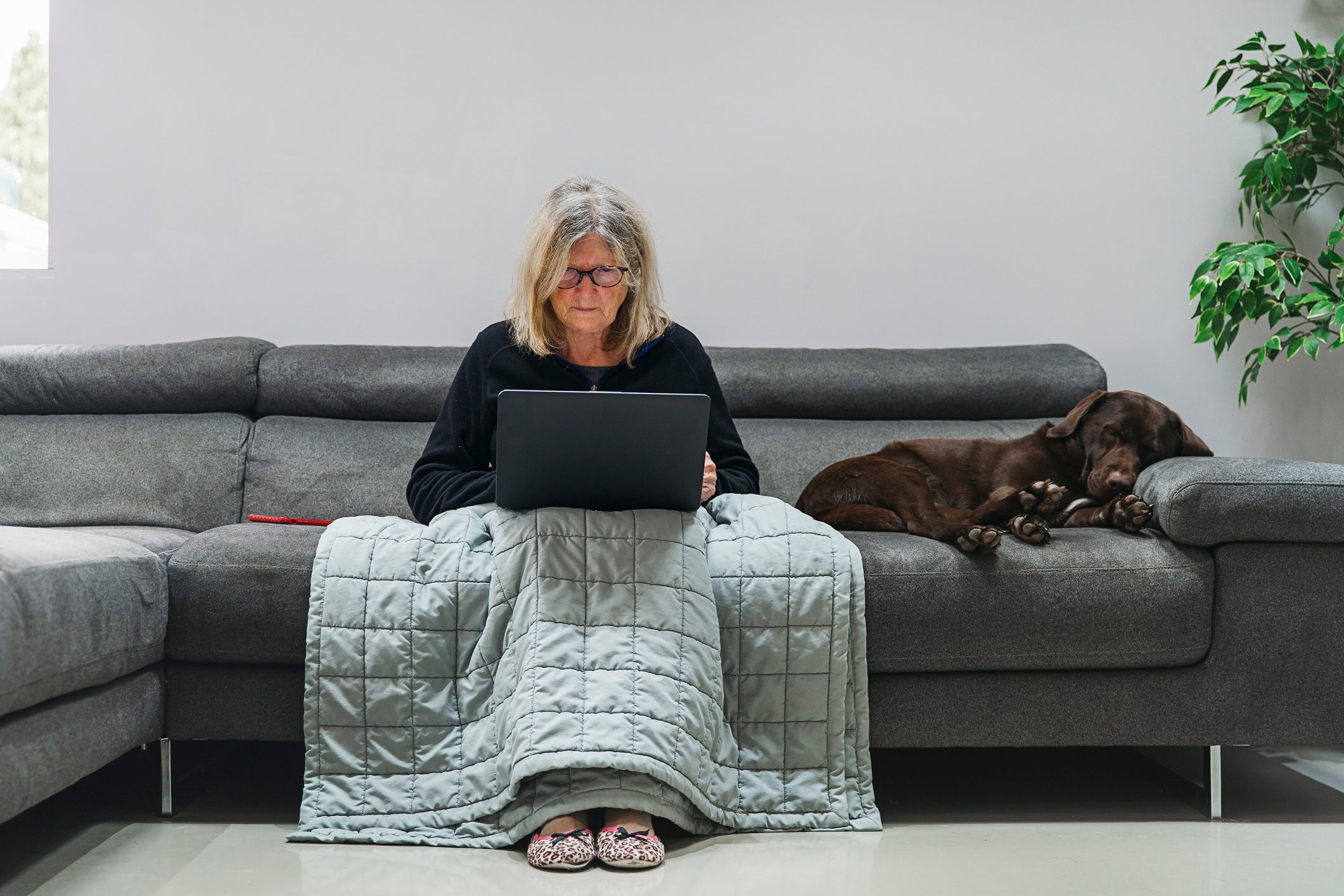
Our footwear needs have changed
Back when we used to leave the house regularly, we needed to put shoes on. But now that so many people are working from home—with their usual work shoes confined to their closets—they’ve opted for something usually relegated to lazy Sunday mornings: slippers. According to Bianca Gates, the CEO and co-founder of Birdies—a slipper company that counts Meghan Markle among its fans—people started getting interested in slippers when sheltering-in-place was mandated in some cities and states earlier this year. “When our customers realized they would be home long-term, we found they became more willing to invest in their at-home style,” Gates tells Reader’s Digest. “They wanted to be comfortable while still feeling pulled together for their work and home life obligations. We saw a significant increase in sales of our slide styles, which offered the ease of slipping in and out of throughout the day, versus a flat.”
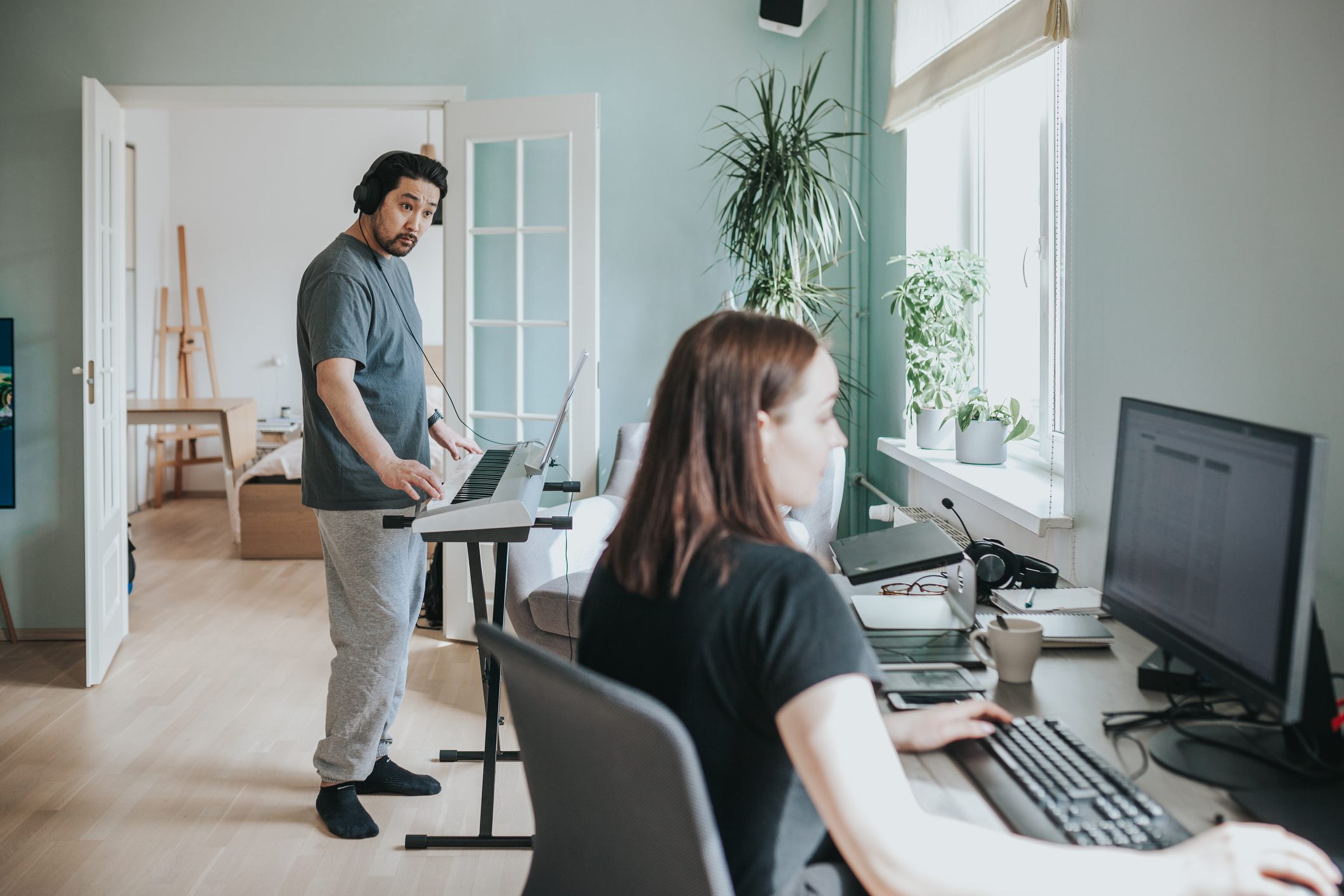
We want our clothing to be comfortable
Sure, we’ll put on something professional on top when we have Zoom meetings, but other than that, it’s all athleisure, all the time for many right now. According to Jennifer Foyle, chief creative officer of AEO Inc. and global brand president of Aerie, this demand for active apparel started even before the pandemic. But between balancing working from home, parenting, and everything else life has been throwing our way, interest has only grown. In fact, the brand’s digital demand rose 113 percent over last year. To keep up with the demand for clothing in this category, Aerie recently launched a collection called OFFLINE—designed to accommodate everyday movement over athletic performance. “We don’t view this demand as a trend of the current times, rather a new lifestyle in which activewear has significant growth potential,” Foyle tells Reader’s Digest.

Curbside pickup is probably here to stay
Before the coronavirus hit, most people either did their shopping in-person or online. And while online shopping has been a lifeline to many throughout the pandemic, another option has been on the rise: curbside pickup. Though some retailers did offer the service to customers before everything shut down, curbside pickup has expanded significantly over the past several months. In fact, a survey conducted by LeithCars.com found that more than half of participants (58 percent) have used curbside pickup during COVID-19. That figure goes up to 66 percent for households with children. So what are people buying this way? Groceries are at the top of the list, with 85 percent of participants indicating that they’ve used curbside pickup for their usual grocery shopping. Among those who have used curbside pickup during the pandemic, 41 percent said that they’ll continue to do so even when it’s safer to shop inside stores.
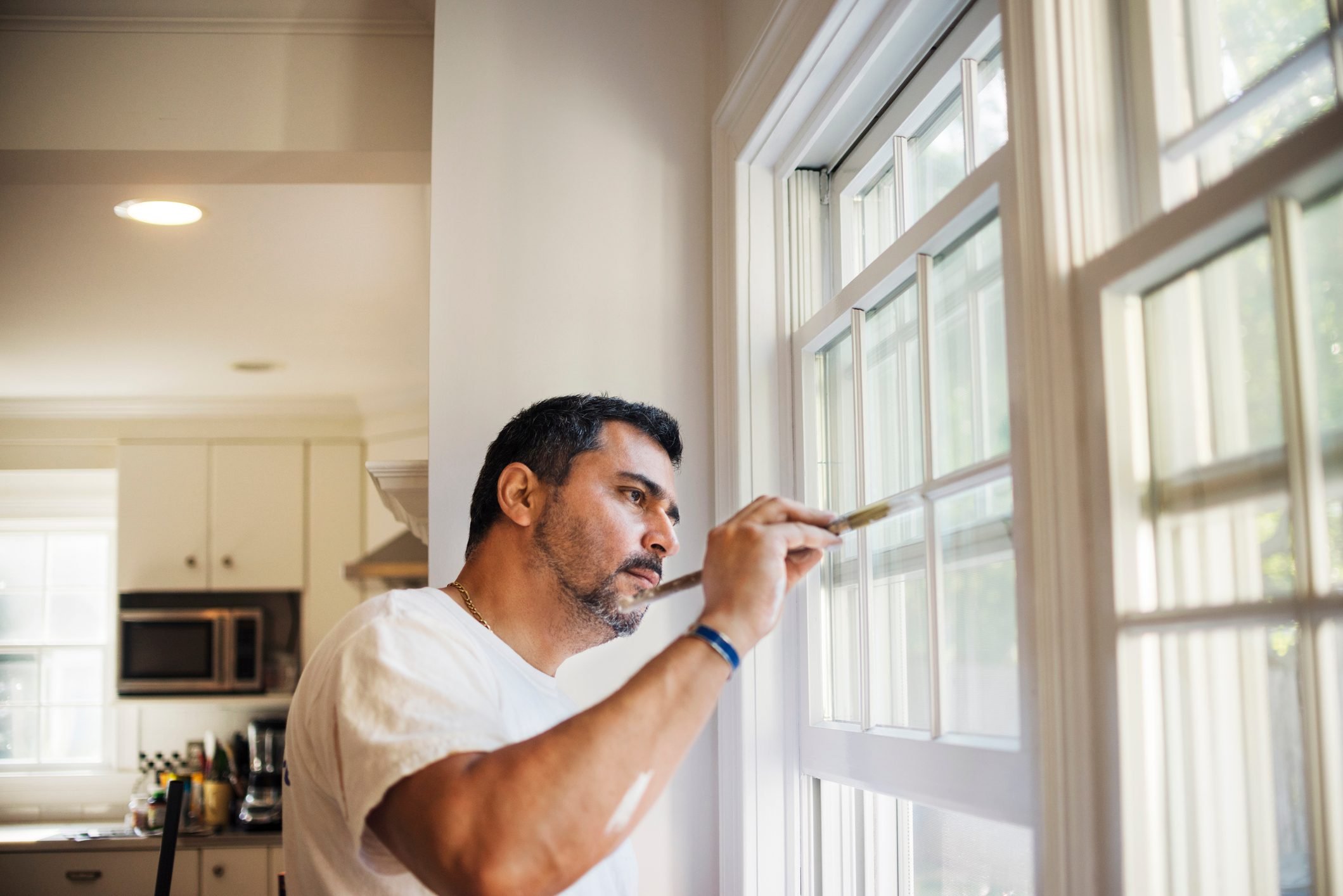
We’re spending more time and money on home improvement projects
Given that many people are working from home and our choices for socializing have been significantly reduced, we’ve been spending a lot more time at home. So it makes sense that with extra time on our hands, people are turning to home improvement projects as both an activity, and a way for them to feel more comfortable in the place where they’re spending most of their time. In fact, a survey conducted by Sears Home Services found that 44 percent of people feel less satisfied in their homes today than they were pre-pandemic. “There’s a sense of feeling ‘trapped’ when it’s required to remain inside; we’re missing the venues we used to frequent and perhaps noticing additional flaws of the home while spending more time there,” Sears Home Services said in a statement. More than one-third of participants in the survey indicated that they’ve undertaken a home improvement project. And whether that’s doing a full kitchen remodel, or buying a few new throw pillows for your couch, we’re spending more money to make ourselves feel better at home. While some home improvements are completely necessary, others may be purely cosmetic.
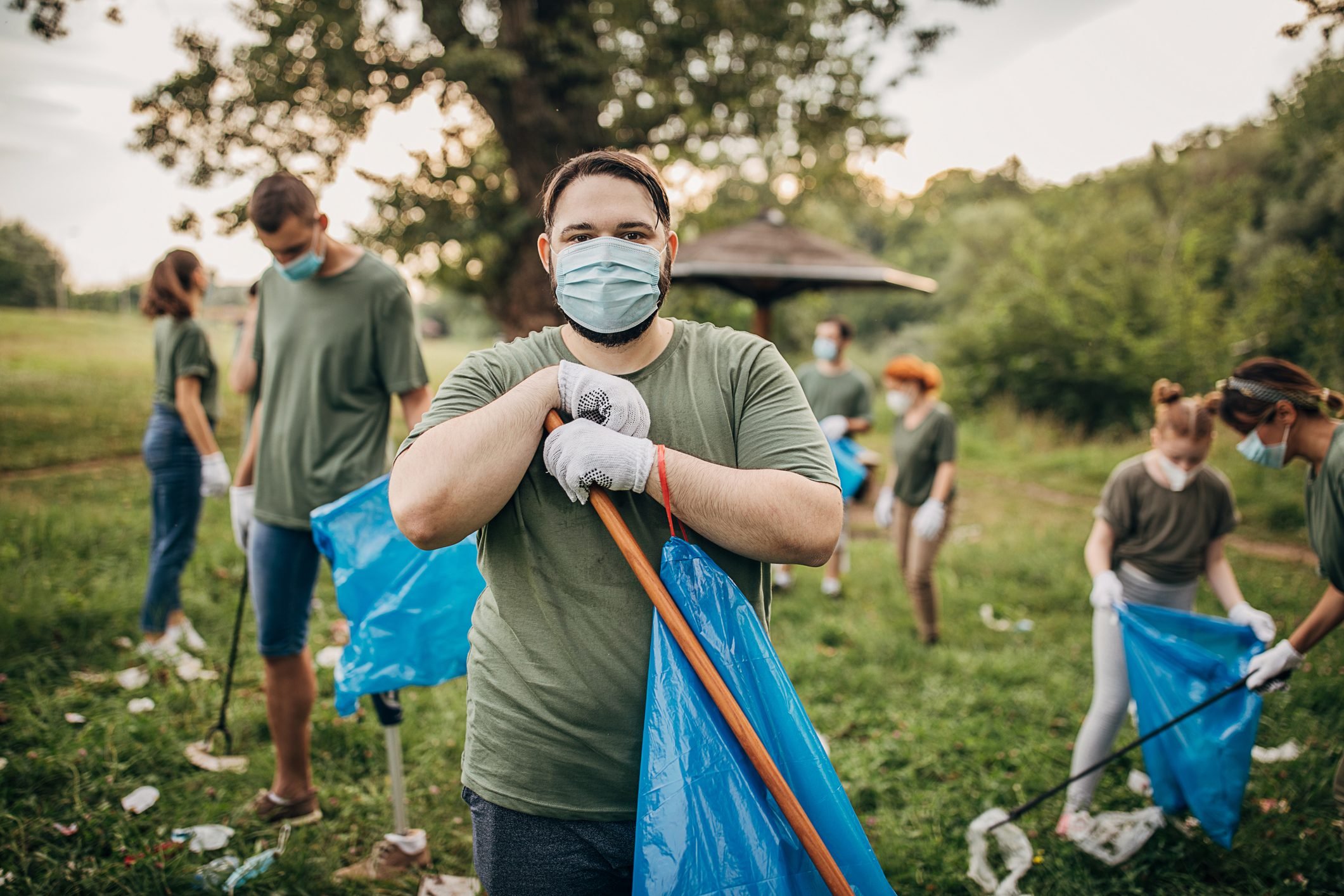
We’re more concerned about the environment
The pandemic has been an opportunity for many to reassess and rethink their habits, including those related to shopping. In the process, there has been a shift towards making spending decisions influenced by the environment. According to a report from Accenture, 61 percent of consumers are making more environmentally friendly, sustainable, or ethical purchases during the pandemic—and 89 percent said that they were likely to continue to do so once COVID-19 is more under control. Along the same lines, 72 percent of participants said that they have been actively trying to reduce their food waste, with 90 percent saying they’ll probably continue this post-pandemic. This is one of the many reasons why 2020 may have been the wakeup call we needed.

Purchasing luxury items with vacation funds
During a period of so much financial uncertainty, many people have been making cutbacks in their budgets. But that’s not the case across the board. In fact, a report by Nielsen found that people have been spending the money that they had saved to take vacations on small luxuries they can enjoy at home. “Consumers who can afford it are opting for products like nicer bottles of wine, nicer cuts of meat, artisan bread, sushi, and facial skincare to compensate for the travel and entertainment experiences they can no longer safely enjoy,” Scott McKenzie, Nielsen Intelligence Unit Leader, told MarketWatch. You can still travel remotely. Here are 14 virtual tours of attractions that were on your bucket list.
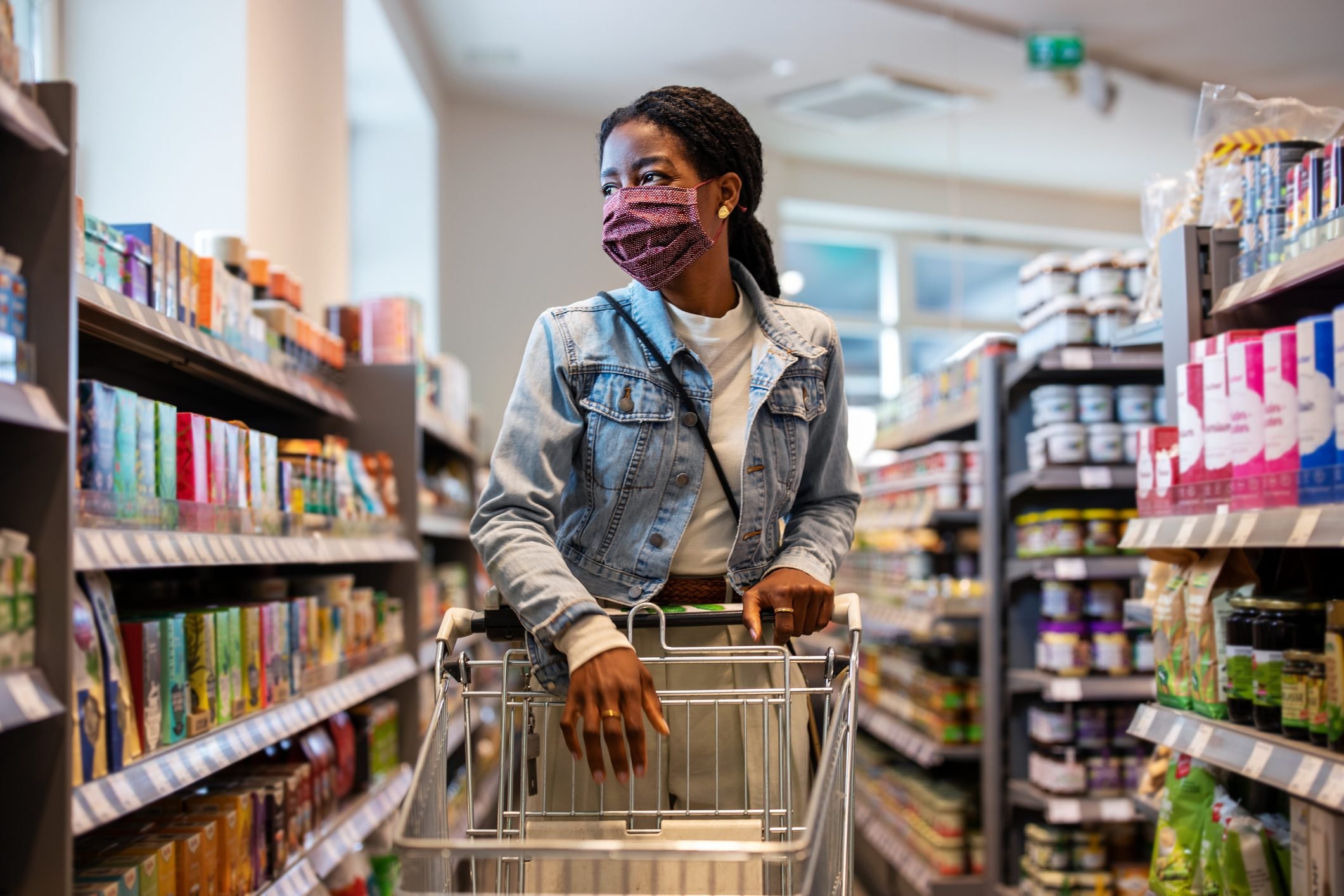
Buying in bulk may continue to decrease
This is another one that may sound counterintuitive, but hear us out. After spending March and April cleaning out wholesale retailers like Costco—which saw its sales jump nearly 12 percent in March, including a 48 percent jump in online sales—consumers are doing significantly less panic-buying, according to the Nielsen report. “While still at least 11 percent above the average weekly basket size from 2019 by the end of June, we can already see that in the U.S., the average size of the American shopping basket has continued to come down from peak COVID-19 levels,” McKenzie told MarketWatch. As a result, he predicts that companies will shift towards offering smaller sizes. “Consumers who would normally be able to save money by buying larger, more economical pack sizes may be forced to actually buy smaller pack sizes as and when they can afford them,” he said.
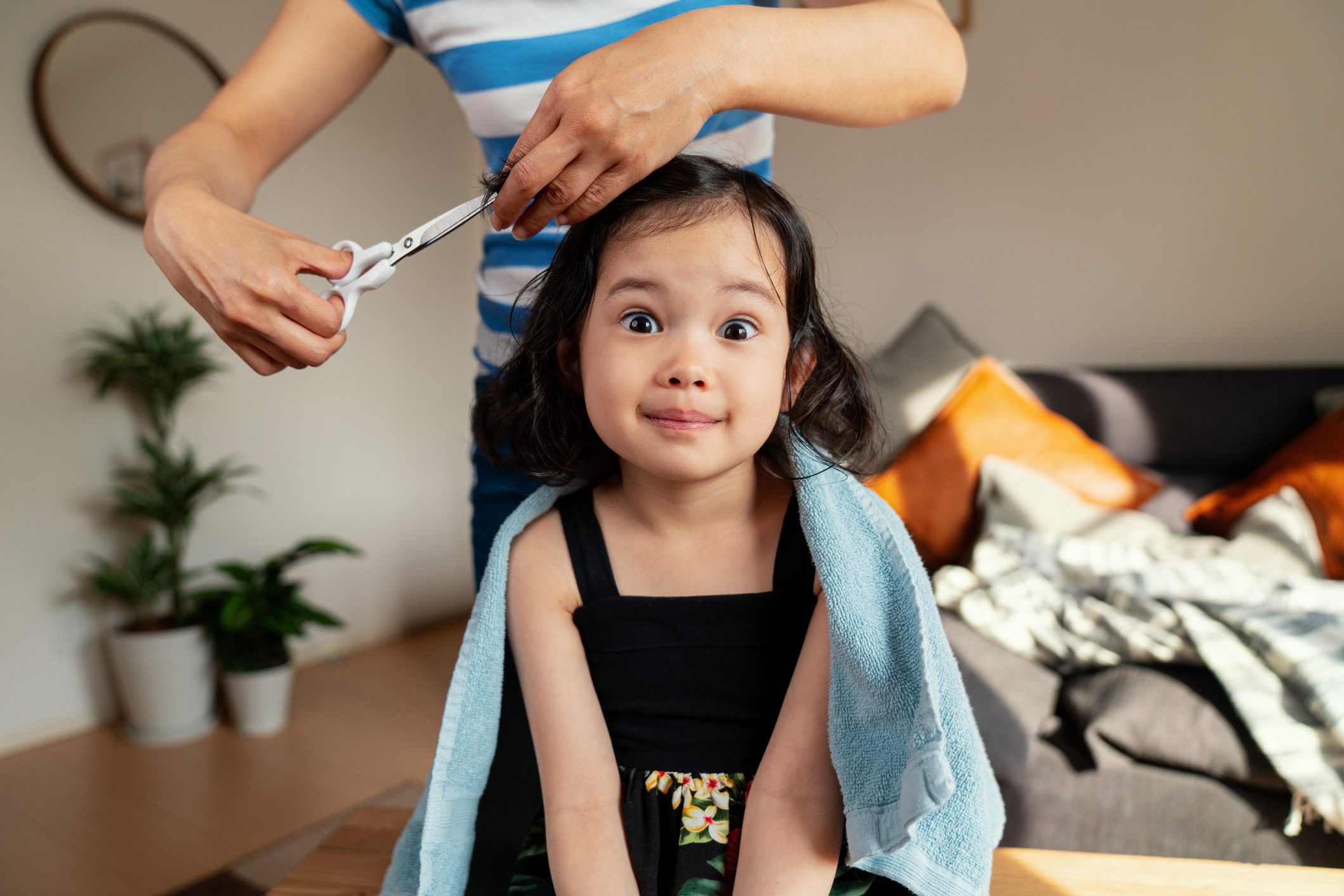
We’re buying products that let us take on new tasks
Not only are people getting into home improvement projects, they’re also taking on tasks typically outsourced to professionals. The most visible example of this is the rise of the DIY or at-home haircut. For example, in June 2020 alone, Nielsen found that sales for electric razors in the U.S. went up by 19 percent. Other similar increases include the purchase of costume hair coloring (up 35 percent), pet grooming (up 14 percent), and food preparation products like canning supplies and seaweed/sushi wraps (up 53 percent, each). “Companies that can intelligently drive the discovery and learning of DIY behaviors will succeed in empathizing with current consumer interest in creative, cost-conscious, and safe consumption,” the Nielsen report states. Along with a more DIY lifestyle, here are 13 other everyday habits that could change after the coronavirus.
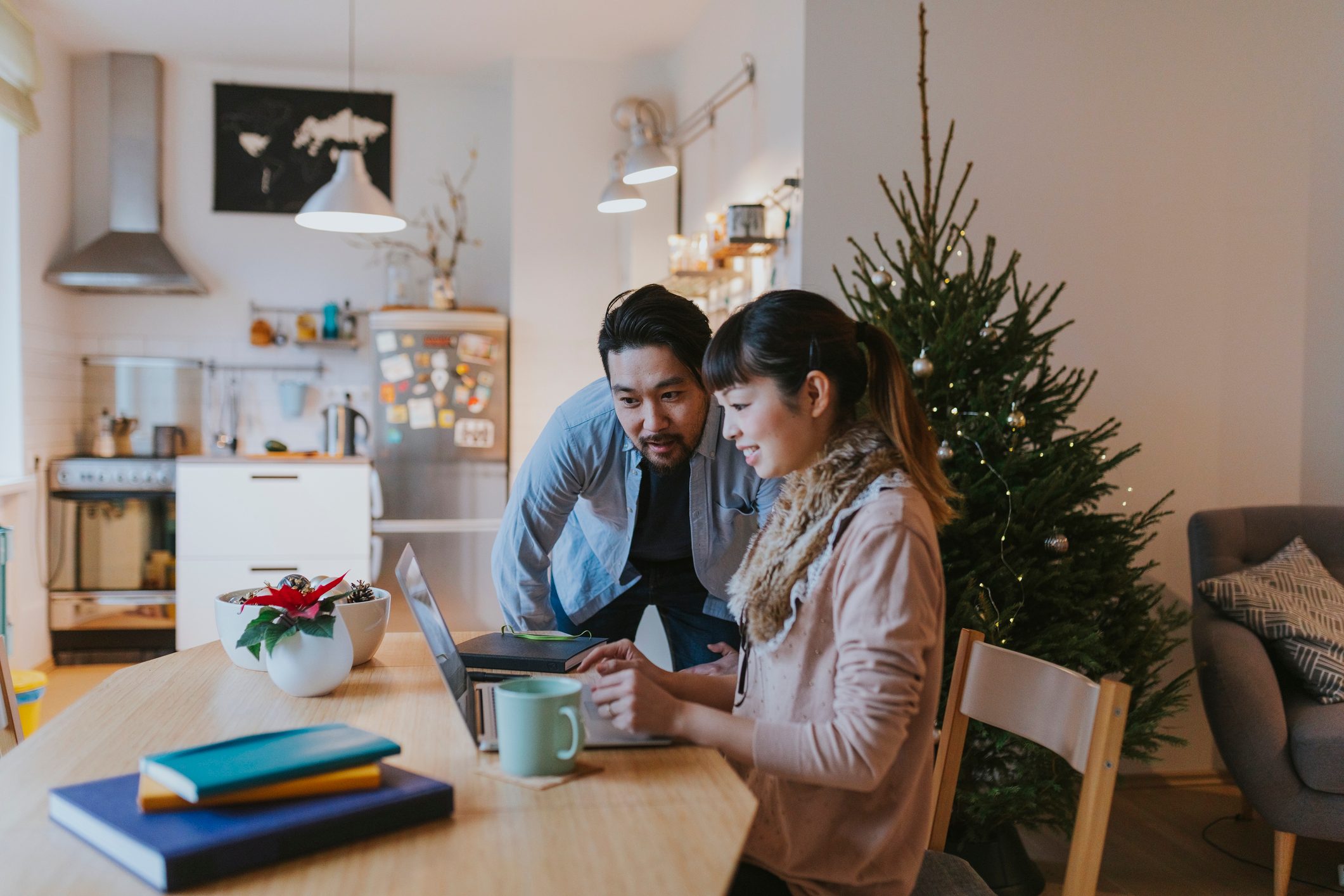
Holiday shopping will probably look different
It’s already October, so we’re already at the beginning of the holiday shopping season. So what impact will COVID-19 have on what and how we buy over the next three months? According to a survey from RetailMeNot, more than 88 percent of consumers said that they’re going to skip this year’s Thanksgiving door-buster sales, with 75 percent saying that they will be doing their holiday shopping online this year. But the amount people spend is likely to stay about the same: 66 percent of participants indicated that they will spend at least the same amount of money as last year in order to make things feel “normal” and keep traditions alive.
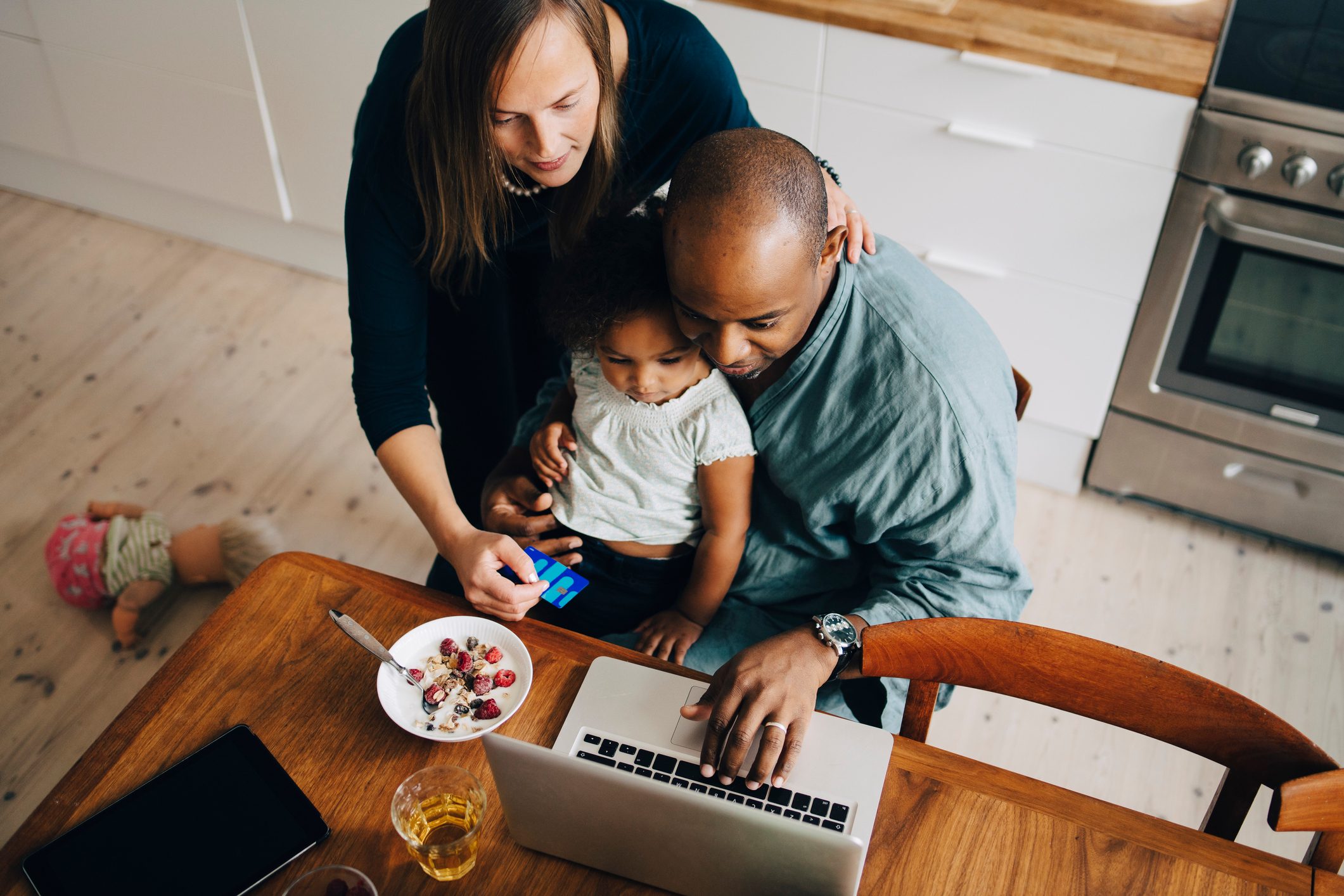
We’ve been spending more time to save money
With the far-reaching economic impact of the pandemic, it makes sense that many people are looking to save money wherever they can. This has included 75 percent of people using more coupons, promo codes, and deals when they shop, according to a new survey from Honey.com. And they’re not just sitting back and waiting for the deals to roll in: the survey also found that 37 percent of respondents said they take one to two hours a week looking for coupons, while another 20 percent said they do it for three to four hours each week. “Deal-seeking has become an integral part of online shopping culture and influences how we feel about the items we buy and when we buy them,” Joanne Bradford, vice president of Honey Marketing at PayPal told WWD. Next, here’s what travel could look like after COVID-19.
For more on this developing situation, including how life might be different post-lockdown, see our comprehensive Coronavirus Guide.
Sources:
- Digital Commerce 360: “More than one-third of consumers shop online weekly since coronavirus hit”
- Accenture: “COVID-19: New habits are here to stay for retail consumers”
- LeithCars.com: “Curbside Pickup in the Time of COVID-19”
- Sears Home Services: “Making a House a Home in the Time of COVID-19”
- Bianca Gates, the CEO and co-founder of Birdies
- Jennifer Foyle, chief creative officer of AEO Inc. and global brand president of Aerie
- Neilsen.com; “Predicting the COVID-19 Behavioral Reset”
